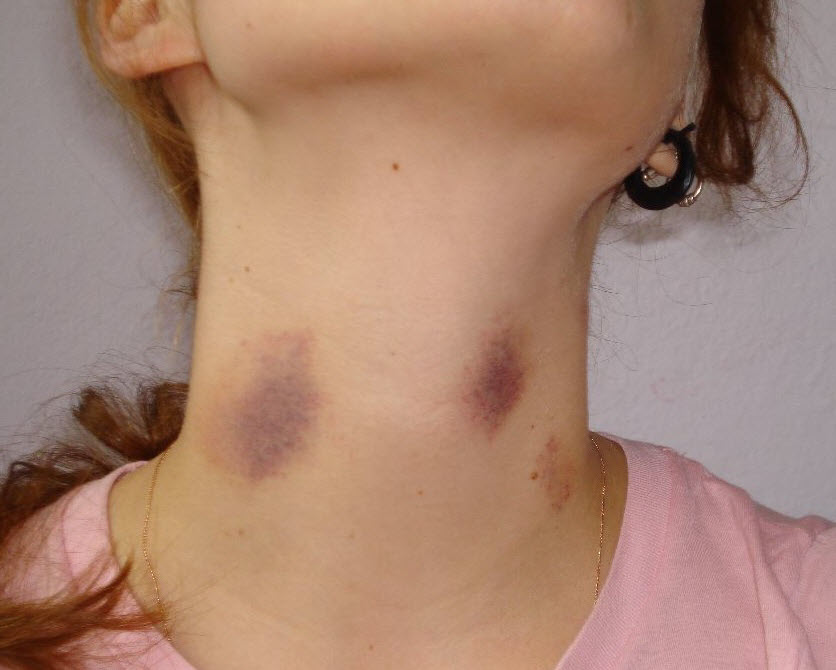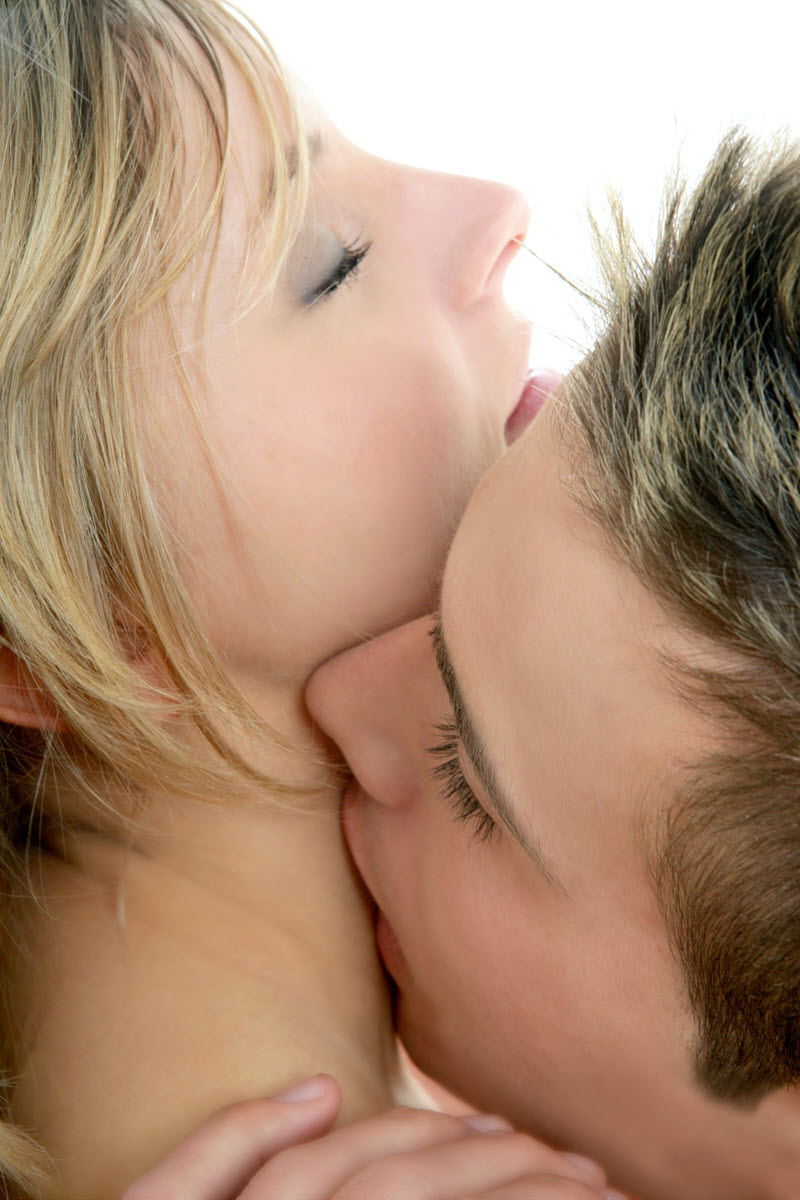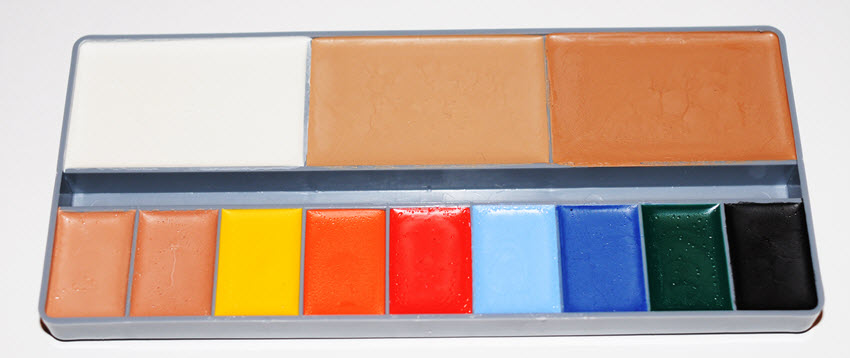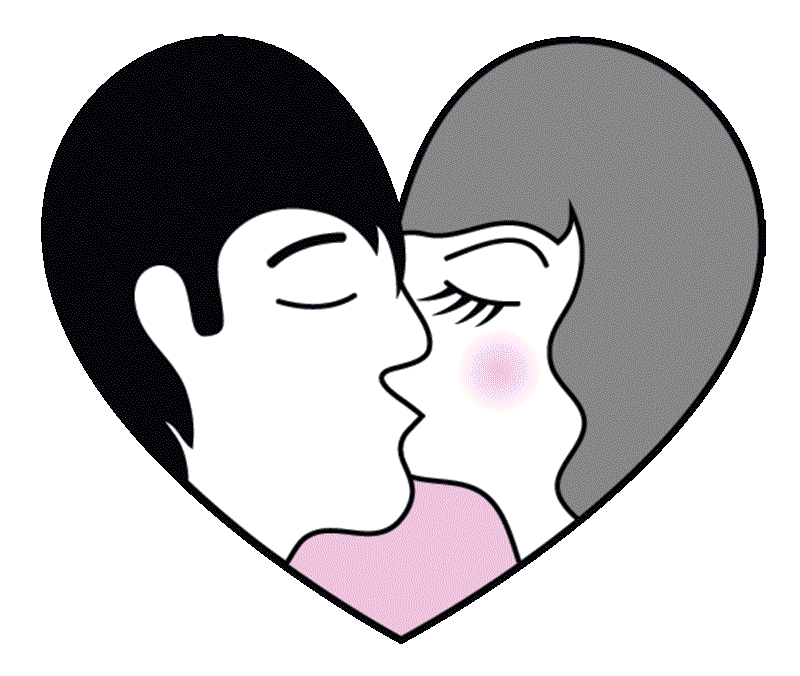An enema is a process by which the colon is cleansed. A bag is filled with a solution. Depending upon the procedure, the solution may vary. There are over 20 different types of enemas or enemata solutions. The process involves introducing a liquid solution into the colon via the rectum or anus. The solution travels into the colon via gravity and flushes out all fecal matter and other toxic matter.
Enemas were introduced into the medical field in order to cleanse the colon before a surgical procedure or colon examination. Many physicians use the enema to prepare the patient for a colonoscopy. Over time, the use of the enema has evolved into a technique to cleanse toxins from the body. The process is thought to alleviate chronic health problems and also enhance beauty. The colon is thought to be a gateway for toxins to enter the body and affect the skin. Experts continue to evaluate the efficacy of this process. However, it is commonly used practice in alternative medicine.
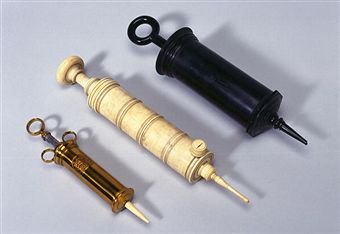
Relieving Constipation
In addition to alternative health, enemas may also be used for constipation, encopresis or other recreational type activities. In some environments, enemas are associated with recreational drugs and anal sex. Those who engage in anal sex may cleanse the colon to prepare for the act. Regardless of the use, enemas may be a risky procedure if not performed properly. Bacteria may enter the colon and cause bad infections and in some cases, death. Each person should consult a physician or use the procedure with caution.
The colon is a part of the digestive process. When food passes from the stomach into the intestine, the colon absorbs nutrients necessary for the nutrition of the body. The undesirable portion is discarded from the body as fecal matter. The colon’s natural flora and fauna are fairly astute in recognizing good nutrients from bad nutrients. A person who has a poor diet invites the bad bacteria to thrive in the colon. The body begins to consume the nutrients that are substandard. The skin and organs become affected by the types of food that a person eats.
History of Enemas
Enemas have been a common practice worldwide for several centuries. Celebrities and other notables often used enemas to cleanse the body of toxins. John Harvey Kellogg, the maker of Kellogg’s cereals and a skilled surgeon, cited the enemas as one of one of his “favorite devices.”
He would often administer a water enema followed by a yogurt enema. He engaged in this popular practice, because he believed that most diseases originated from the change in intestinal flora. He recommended high fiber, low protein diets in order to encourage the intestine to absorb bacteria that contained nutrients instead of bacteria that contained undesirable toxins.
Alternative Names
The medical name for an enema is “enteroclysis.” However, enema is the more commonly used term. In the 17th century, “clyster” was used to describe the enema process. The process was performed using a “clyster syringe.” The syringe consisted of a nozzle that entered the rectum and a plunger.
During this time, an apothecary would administer the procedure. Women were often embarrassed if a male administered the enema. Most women were modest and did not enjoy their private parts being exposed. Now, individuals may administer the enema themselves without any assistance. In the 19th century, clyster syringes were replaced with enema bags and rectum nozzles.
Symptoms
Physicians may administer an enema to evaluate the patient’s colon, if he or she is experiencing the following symptoms:
- Constipation
- Chronic Fatigue
- Diarrhea
- Cramping
- Abdominal pain
- Anorexia
- Suspected Colon Cancer
- Allergies
- Food Intolerances
When the enema is administered the patient may feel any of the following symptoms:
- Bloating
- Cramping
- Feeling of urgency to expel fecal matter
- Contraction of the lower intestine
Causes
A person may select to have an enema for a number of health reasons. Several of the reasons are listed below:
- Constipation: The inability of the body to expel solid fecal matter.
- Suspected Colon Cancer: Malignant cancerous growths on the colon lining or wall.
- Irritable Bowel Syndrome: The unpredictable behavior of the colon, causing the walls of the colon to contract uncontrollably. This may result in diarrhea or constipation.
- Food Allergies: Adverse reaction to certain foods. The immune system identifies the food as an enemy and attacks.
- Chronic Fatigue: Constant tiredness may be related to diet and toxins in the body.
- Food Intolerances: This is characterized by the body’s inability to process certain foods.
- Celiac Disease: This disease is an autoimmune disorder in the small intestine. The disease affects the body’s ability to absorb nutrients through the intestine. Sufferers may experience abdominal pain, diarrhea, and other symptoms. People with this disease must go on a life-long gluten-free diet.
- Colitis: The colon becomes inflamed with this disease. Symptoms may include anorexia, abdominal pain, fatigue, diarrhea, cramping and bloating.
- Diverticulosis: This condition occurs when the muscles of the intestinal wall weaken. Patients may experience abdominal cramping, bloating, and diarrhea.
- Candida Albicans: This microorganism is a fungus that is present in the body. Under normal circumstances, the fungus exists harmoniously in the body. In patients with lowered immune systems, the fungus grows uncontrollable causing the sufferer to experience colon problems.
- Parasites: Parasites thrive on their hosts systems and rob the host of vital nutrients. This may cause a problem if parasites invade the intestine.
- Diarrhea: Diarrhea describes a near liquid bowel movement, which may cause loss of nutrients and dehydration.
- Fibromyalgia: Muscle pain associated with fatigue, depression, and anxiety.
- Bloating: This describes swelling in the abdominal area, often related to intestinal problems.
The doctor may evaluate the colon by inserting a camera into the colon to determine if the person has a cancerous growth, abnormal activity, bacteria, polyps or a host of other conditions. The enema may also be used only as a cleanser to restore the colon’s natural balance of flora and fauna. This is also speculated to relieve the body of toxins.
Risk Factors
People who self-administer enemas are at risk for bacterial infection and allergic reactions. They may also be at risk for death if the bacterial infection continues untreated. Inserting the nozzle into the rectum may irritate or cause a tear if not inserted properly. Individuals may also be at risk for an intestinal imbalance if administered too frequently.
Prevention Tips
To prevent infection or other problems that may be associated with administering an enema, individuals must consider the following precautions:
- Do not share enema bags with a partner, family member, or housemate. Everyone has different body chemistry and may pass bacteria, disease, or an infection to another user. Each person should have their own enema bag.
- Clean the bag properly to avoid bacterial infections. Each person should disinfect the enema bag and nozzle properly after each use to avoid a bacteria growth in the bag.
- Dry the bag properly. To avoid an infection or allergic reaction, the bag should be completely dry before storing. Even a minute amount of moisture will cause mildew to develop and may cause an infection or allergic reaction in the body.
Test and Diagnosis Considerations
Enemas may be administered to prepare a patient for a diagnostic test or a surgery. The enema may be performed under the guidance of a physician or at home. If the procedure is an outpatient procedure, such as a colonoscopy, the physician may recommend the patient perform the enema at home with a Fleet brand product. If the procedure is inpatient or involves a substance that needs monitoring, such as barium, the procedure may be performed under the guidance of physician.
When an enema is administered, the person either lies on their side on the floor or on a table. Alternatively, the person may kneel with their buttocks raised into the air. The nozzle is placed into the anus or rectum. The enema bag is hung high above the person’s body in order for the liquid to travel down the tube and into the patient’s colon through the nozzle.
When the patient is ready for the liquid to release into the colon, the mechanism is released to allow the liquid to pass into the body. The introduction of liquid into the colon causes the lower part of the intestine to expand. The person receiving the enema will often experience bloating, cramping or an extreme need to empty the lower intestine.
Tips for Success
To encourage the process, experts recommend massaging the abdomen during the process. Massaging will accelerate the emptying of the intestine. For the most effective results, the patient should try and hold the enema for 5 to 20 minutes before expelling the waste from the colon. The enema should be warm or lukewarm. If the enema is too hot or too cold, it may damage the colon.
Individuals with cancer, AIDS or malabsorption problems should add B-Complex to the enema. Liver extract, sea kelp, sea water concentrate are also effective with these diseases. These types of enemas are cited as helping to give the person an extra boost and rebuild the liver. Those who need to kill unwanted bacteria may include Dioxychlor, Aerobis 07 or liquid acidophilus in the enema. Each of these products should be introduced under the advisement of a physician, as some of the solutions are very potent.
Treatment Options
Herbal and Home Remedies
Barium Enema or Lower Gastrointestinal Examination
Prior to a colonoscopy or an X-ray examination of the large intestine, the physician may fill the intestine with a barium solution. The barium solution makes the intestine visible on an X-ray. The physician may then examine the intestine to make a diagnosis of the patient’s condition.
Coffee Enema
A coffee enema is often used to remove toxins from the liver. Use regular ground coffee to prepare the enema solution. Instant coffee is ineffective. When the caffeine present in the coffee enters the system, the liver also absorbs the caffeine and cause the organ to produce more bile. Toxins in the bile are flushed from the small intestine.
Yogurt Enema
Individuals who are suffering from irritable bowel syndrome, constipation, colon cancer, hemorrhoids, or inflammatory bowel disease may benefit from a yogurt enema. For the yogurt enema to be effective, the yogurt must be homemade. This enema works because the live bacterium in yogurt cleanses the colon.
Lemon Juice Enema
Mix 1/3 cup of lemon juice per quart of water. This enema may cause more abdominal cramping. Therefore, individuals must use this enema with caution.
Garlic Epson Salt Enema
Boil 3 cloves of chopped garlic in 2 quarts of water. The mixture should simmer for 5 minutes. Then, add 2 tablespoons of Epsom salt. Allow the mixture to cool until warm. Then, use the solution as an enema.
Epsom Salt Enema
Epsom salt enemas are the most frequently used enemas. The Epsom salt increases the amount of water absorbed by the intestine and produces a laxative effect. Therefore, it is highly effective as a colon cleanser.
Salt Water Enema
This particular solution is similar in effect to the Epsom salt enema. Some individuals purport that it decreases the urination frequency by preventing accumulation of water in the kidneys. Furthermore, it is thought to reduce the transfer of water into and out of the colon.
Milk Enema
The milk enema consists of 1 tablespoon of olive oil, 16 ounces of warm milk, and 1.5 quarts of warm water. Experts suggest warming the milk in the microwave to achieve the desirable temperature. Some may also add 1 tablespoon of honey to the mixture. Add the mixture to the enema bag and flush the colon.
Salt and Soda Enema
This enema relieves the body of unwanted toxins present in the colon. The mixture consists of 1 tablespoon of baking soda, 1 tablespoon of sea salt and 2 quarts of water.
Glycerin and Mineral Oil Enema
This enema cleanses the colon with 1.5 quarts of warm water, 2 tablespoons of mineral oil, 2 tablespoons of salt, and 2 tablespoons of glycerin. The oil and the glycerin act as agents to cleanse the colon. The salt water regulates water absorption in the colon.
Vinegar Enema
The solution consists of 2 tablespoons of white vinegar and 2 quarts of warm water. Individuals may also substitute wheat grass or mineral oil in order to cleanse the colon.
Raspberry Leaf Tea Enema
This enema is helpful with reducing intestinal inflammation. The enema will also help tighten the walls of the rectum. Herbalists will help the individual prepare this particular mixture.
Herbal Enema
This enema solution contains 1 teaspoon of dry herb or 1 tablespoon of fresh, chopped herb per gallon of water. Bring the water to a boil. Strain the leaves and let the solution cool to room temperature. Any of the following herbs may be used in this enema:
- Catnip
- Plantain
- Thyme
- Hyssop
- Mint
- Elder Flower
- Yellow Dock
- Echinacea
- Dandelion
- Parsley
- Mullein
- Pleurisy Root
- Blessed Thistle
- Marshmallow Root
Pharmaceutical
There are several enemas available for purchase at a local pharmacy or in an online store. Several of the enemas available for purchase are listed below:
Fleet Enema or Fleet Enema Mineral Oil
Fleet recommends its product for relief from constipation. Alternatively, physicians may prescribe the enema for diagnostic tests, surgery preparation, or other alternative therapies. This enema consists of dibasic sodium phosphate and monobasic sodium phosphate. Because both solutions are poorly absorbed into the intestinal tract, water is retained in the intestine. When the enema is administered, the bowel is evacuated, and the waste is expelled. The process takes approximately 2 to 5 minutes.
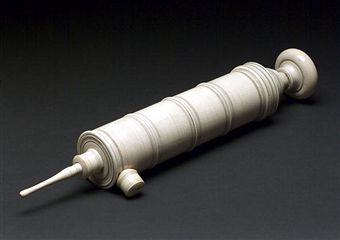
The Fleet Enema Mineral Oil evacuates the colon of waste and toxins, while lubricating the linings of the intestines to avoid irritation during the process. This process will evoke a normal bowel movement. Within 2 to 15 minutes, the descending colon will be completely evacuated.
Cortenema
Cortenema is an enema that contains intrarectal steroids. The enema assists with bowel obstruction, perforation, abscess, peritonitis, sinus tracts, extensive fistulas, and intestinal anastomoses. This type of enema may also be used for the following ailments:
- Hyperthyroidism
- Acute Coronary Disease
- Diverticulitis
- Hypertension
- Acute Coronary Disease
- Osteoporosis
- Peptic Ulcer
- Acute Glomerulonephritis
- Myasthenia Gravis
Other popular enemas include:
- Rowasa Enema
- Saline Enema
- Barium Enema
Surgeries
Enemas may also be used for used as preparation for surgeries. Most physicians will recommend that a patient use an enema to empty the colon for certain diagnostic procedures or surgeries. Examples of the diagnostic procedure may include a colonoscopy to diagnose colon cancer or irritable bowel syndrome.
Potential Side Effects and Risks
The risks associated with administering an enema are numerous. Most are not life-threatening, but in some cases the risks may become life-threatening. Individuals who decide to administer enemas at home should exercise extra precaution to avoid potential risks or side effects associated with using and enema. Both the potential side effects and the potential risks are listed below for evaluation:
Potential Side Effects
- Bloating
- Extreme urgency to expel waste from the colon
- Cramping
Potential Risks
- Bacteria may collect in the enema bag, if not cleaned properly. Fecal matter often floats into the enema bag during the process.
- Mildew may accumulate in the bag if not dried properly after cleaning. Mildew may trigger an allergic reaction in the patient.
- Individuals may develop an infection from the bacteria or mildew.
- Infections left untreated may result in death.
- Flora or fauna may become imbalanced in the colon from too frequent cleansing.
How Other Cultures Use Enemas
South American Indians from Columbia used rubber for enemas during ancient times for various health reasons. Egyptian Pharaohs often used enemas as well. In those times, enema use was a common home practice. Many people have used enemas at home for various purposes all over the world.

